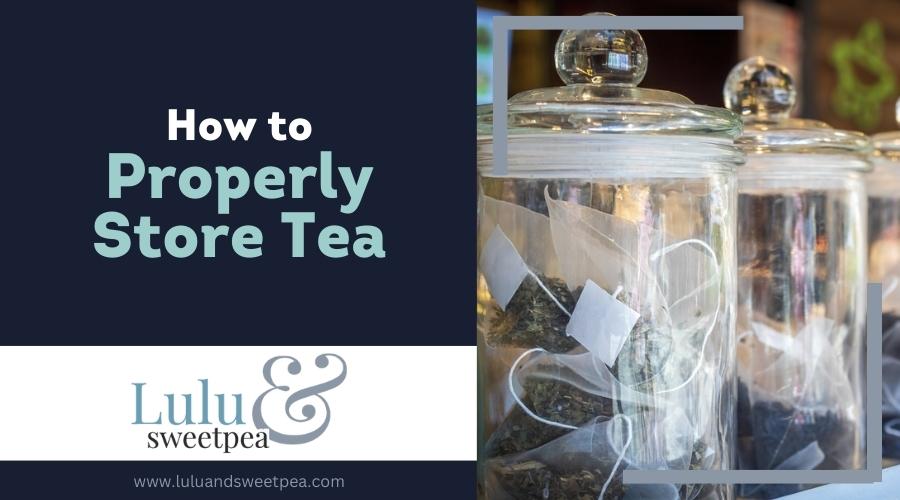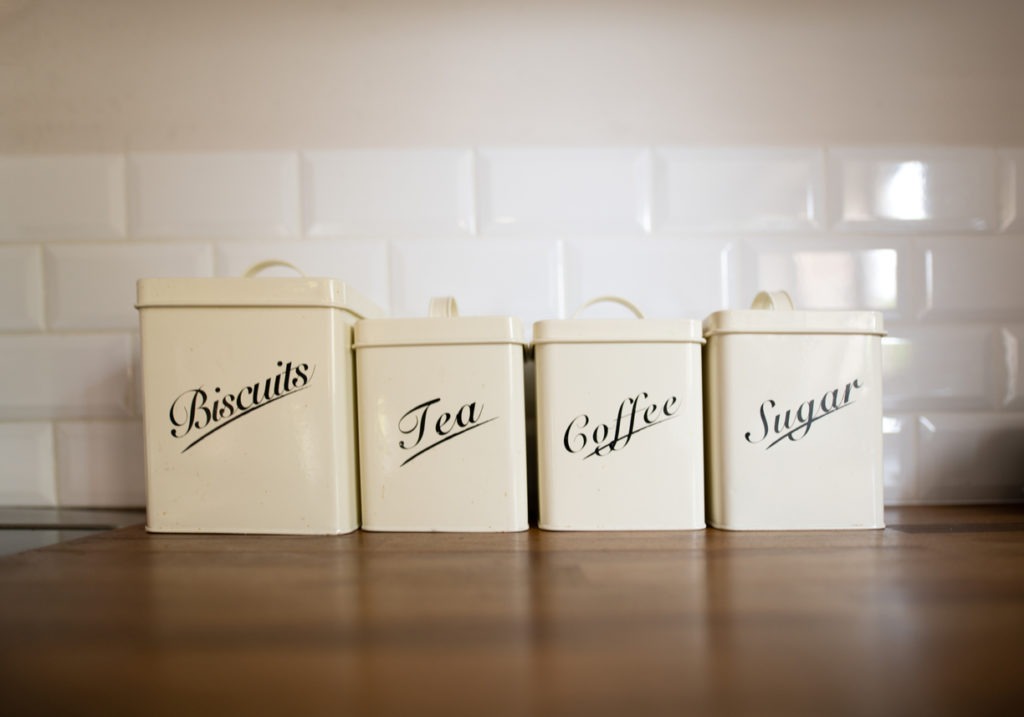Tea is among the most widely consumed beverages in the world for good reason. Tea has been used by people for thousands of years as a beverage and a medicine. The thirst for tea, among other things, may have changed the course of human history and the course of the world. People often take it for granted since it’s so pervasive in their life. However, if you’ve ever brewed an old favorite tea from your stockpile only to have it taste underwhelming and disappointing, you’ve already seen firsthand the effects of bad tea storage.
Does Tea Expire?
Tea doesn’t necessarily “go bad,” but its flavor does deteriorate with time. You can still drink it, but to compensate for the flavor loss, you’ll need to brew a larger volume. Tea that is in loose leaf form will begin to lose its integrity sooner since it is more easily able to absorb moisture and air.
Tips for Storing Tea to Keep It Fresh
1. Tea must not be exposed to oxygen
With time and exposure to oxygen, tea leaves continue to oxidize. Airtight does not imply air-free; even when kept in an airtight container, some air can still be found at the top of the container and in the spaces between the leaves.
Vacuum-sealed bags are used to prepackage some teas; ball-style wulongs are frequently packaged in this way. The tea leaves can be kept secure for a very long period by vacuum sealing. However, only robust leaves can be employed with this technique. A fragile leaf will be crushed by vacuum sealing. Because of this, ball-style wulongs make the ideal vacuum-sealing option.
For more delicate teas, the packages may be purged with nitrogen as they are being sealed. The leaves won’t oxidize as a result and won’t deteriorate over time.
Another choice is to utilize oxygen-absorbing packets, which typically include salt and iron. Rust is produced when iron is exposed to oxygen that is still present and is placed in an airtight container. The oxygen-absorbing packet can no longer take in oxygen when all of the iron has oxidized. These packets are really only useful for long-term storage because frequent opening and closing will restrict oxygen from getting inside, making the packet unusable after a short period of time.
2. Keep heat away from tea at all times
Oxidation is sped up by low heat, whereas it is stopped by high heat. The ideal place to store some delicate green and yellow teas is in the freezer or refrigerator because the low temperatures significantly slow down oxidation processes. To avoid condensation on the leaves, this must be done carefully.
Repackaging the tea into smaller packages will help keep your supply overall fresher for longer. After opening, each packet should be consumed within a week. Squeeze out as much air as you can before placing the packets in the freezer; any lingering air will condense and result in the development of moisture on the leaf surface. The most crucial rule to follow when using cold storage for teas is to wait until it has reached room temperature before opening a packet that has been removed from the freezer or refrigerator. By doing this, any condensation that might form when the leaves warm up will be avoided.
3. Keep tea away from light
The majority of the information that has been written about the impact that light has on dried tea leaves is based on anecdotal data; this subject hasn’t been well researched. We are aware that light-related oxidation imparts a metallic flavor to tea. According to Nigel Melican, “light-induced alterations in dry teas can occur through photodegradation,” which is a catch-all phrase for any light-induced event that lowers the caliber of tea. Nigel believes that a combination of theaflavin polymerization, chlorophyll conversion to pheophytins, photo-oxidative modifications to theaflavins, and residual catechins are at work in this situation. Keep your tea away from light while experts continue to decipher the precise chemical changes taking place in the leaves.
4. Strong odors must be avoided around tea
Tea leaves will take in odours from their environment. This helps create aromatic teas like jasmine since the leaves are kept near to the jasmine blossoms while being preserved. This same quality of tea, though, might be harmful if your tea leaves come into contact with foul scents. This means that everything you use to store your tea must not have a strong fragrance, in addition to keeping your tea storage containers in an area free from strong odors. Certain wooden containers, airtight tins with pungent rubber seals, and plastic containers can all impart an unpleasant flavor and scent to your tea.
5. Tea must not be exposed to moisture
Tea leaves naturally release their flavor when they are in contact with moisture. As a result, you really don’t want your tea to “steep” before you steep it for drinking. It’s not as simple as keeping the leaves away from liquids that can be seen to cause moisture buildup in your tea storage. Tea will absorb moisture from the surrounding air since it is hygroscopic. The simplest approach to keep moisture out of a storage container is an airtight one.
6. Bulk tea storage is ideal
A nearly empty airtight vessel with a small amount of tea at the bottom will decay more quickly than an entirely filled airtight vessel. Fill your storage container as full as you can, shake it to let the tea settle, and then fill it again to keep it as fresh as possible. There will be less oxygen in an enclosed location the more tea you can store there. The tea will have a tougher time absorbing the fragrances of its surroundings if there is less air.
Tea Storage Tips
Less oxidized teas (greens, yellows, and whites) deteriorate more quickly than more oxidized teas (wulongs and blacks).
The amount of leaf surface area in contact with air increases as the leaves are broken down more. More broken leaves mean faster deterioration.
Always properly mark the type of tea, the style of tea, the store where you bought it, and the date when removing tea from its original packaging and placing it in your own container. Going through your collection again and observing how your tastes have evolved over time is also beneficial in this regard.
If you buy tea in bulk for personal use, think about repackaging it into smaller quantities that may be opened as you go. Since they are available in a variety of sizes and are simple to identify, foil-lined zip-seal bags, which are commonly used by tea vendors, can be useful.
Which Container Is Best for Storing Tea?
A tin or stainless-steel canister, or any opaque container with a tight seal that won’t allow any air to enter, is a good choice. You might as well keep it as this kind of container is already used to store many different types of tea. When you’ve finished the tea, wash the cup, dry it, and let it air out for a while to get rid of the smell. Depending on how strong the flavor is, this could take a few hours or even a few days, and you might even need to wash it again. Use the tin to keep loose leaf tea or bagged tea that was bought in a cardboard box after the smell has disappeared.
Conclusion
Tea is highly delicate and sometimes very expensive. If it is stored correctly, your tea will last as long as it can. However, be reasonable in your tea expectations. Herbal tea only keeps for a year, even when stored carefully. With the exception of teas designed to ferment, like Pu’er, all teas deteriorate over time.


